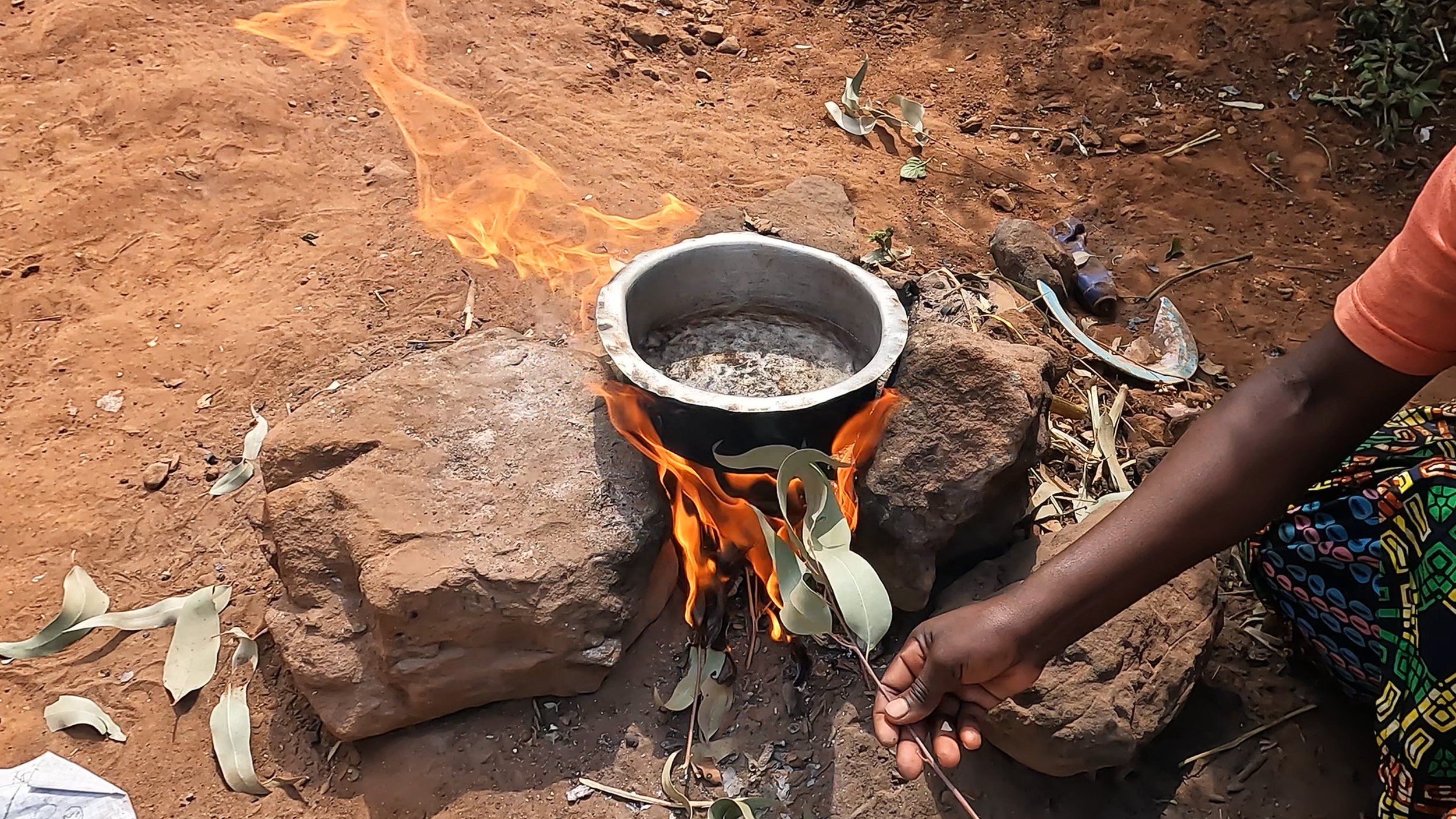
The GOALS
Today, 2.2 billion people lack access to safely managed drinking water²
UNited Nations
Sustainable Development Goals (SDG’s)
The 2030 Agenda for Sustainable Development, adopted by all United Nations Member States in 2015, provides a shared blueprint for peace and prosperity for people and the planet, now and into the future. At its heart are the 17 Sustainable Development Goals (SDGs), which are an urgent call for action by all countries - developed and developing - in a global partnership. They recognize that ending poverty and other deprivations must go hand-in-hand with strategies that improve health and education, reduce inequality, and spur economic growth – all while tackling climate change and working to preserve our oceans and forests.
1. (UN) 2023 The 17 Goals, https://sdgs.un.org/goalsSDG 6 - Clean Water and Sanitation
Achieving universal coverage by 2030 will require a 6-fold increase
Billions of people still lack access to safe water, sanitation, and hygiene, despite improvement in the provision of these basic services. Water scarcity is a growing problem in many parts of the world, and conflicts and climate change are exacerbating the issue. In addition, water pollution is a significant challenge which affects both human health and the environment in many countries. Achieving universal coverage by 2030 will require a 6-fold increase in current global rates of progress on drinking water, a 5-fold increase for sanitation, and an 8-fold increase for hygiene. Boosting infrastructure investment, improving cross-sectoral coordination, and addressing climate change is key to getting SDG6 back on track.
Targets 6.1 and 6.2: Despite progress, 2.2 billion people still lacked safely managed drinking water services, 3.4 billion lacked safely managed sanitation services, and 1.9 billion lacked basic hygiene services in 2022. While the majority live in rural areas, the unserved population is decreasing in rural areas and stagnating or increasing in urban areas. Achieving universal coverage by 2030 will require an increase of 5 to 8 times the current rate.
2. (UN) 2023 Progress and Info, https://sdgs.un.org/goals/goal6#progress_and_infoSDG 12 - Responsible Consumption and Production
Intelligent resource use to align with the sustainable development goals
Mass production and consumption of plastic, especially that of single-use packaging plastic, are major contributors to plastic pollution in the sea and on land. This pollution has a negative influence on our ecosystems and endangers the lives of every living being.
Our promise to responsible design is to evaluate the effects of our work on everyone and everything it touches. We ask these five questions about materials because it is the right thing to do.
-
Minimize the consumption of raw materials.
Our filter kit uses minimal materials with a weight of 106g (0.23lbs).
Our filters eliminate the need for wood and charcoal to boil water.
-
Utilize sustainable and compostable materials.
Our assembly tools are made of sustainable wood and recyclable metals.
-
Minimize shipping carbon footprint.
Our filter kit nests efficiently using minimal packaging fitting 40 units into a 16×12×10in (40×30×25cm) box and 120 units into our travel-ready duffle bags.
-
Minimize waste of expendables.
Our filters are function-focused with no cosmetic parts to be discarded.
-
Do not leave behind anything that cannot be composted, recycled, or repurposed.
Our dedicated volunteers carry-out all unwanted shipping bags to local composting or recycling centers.
